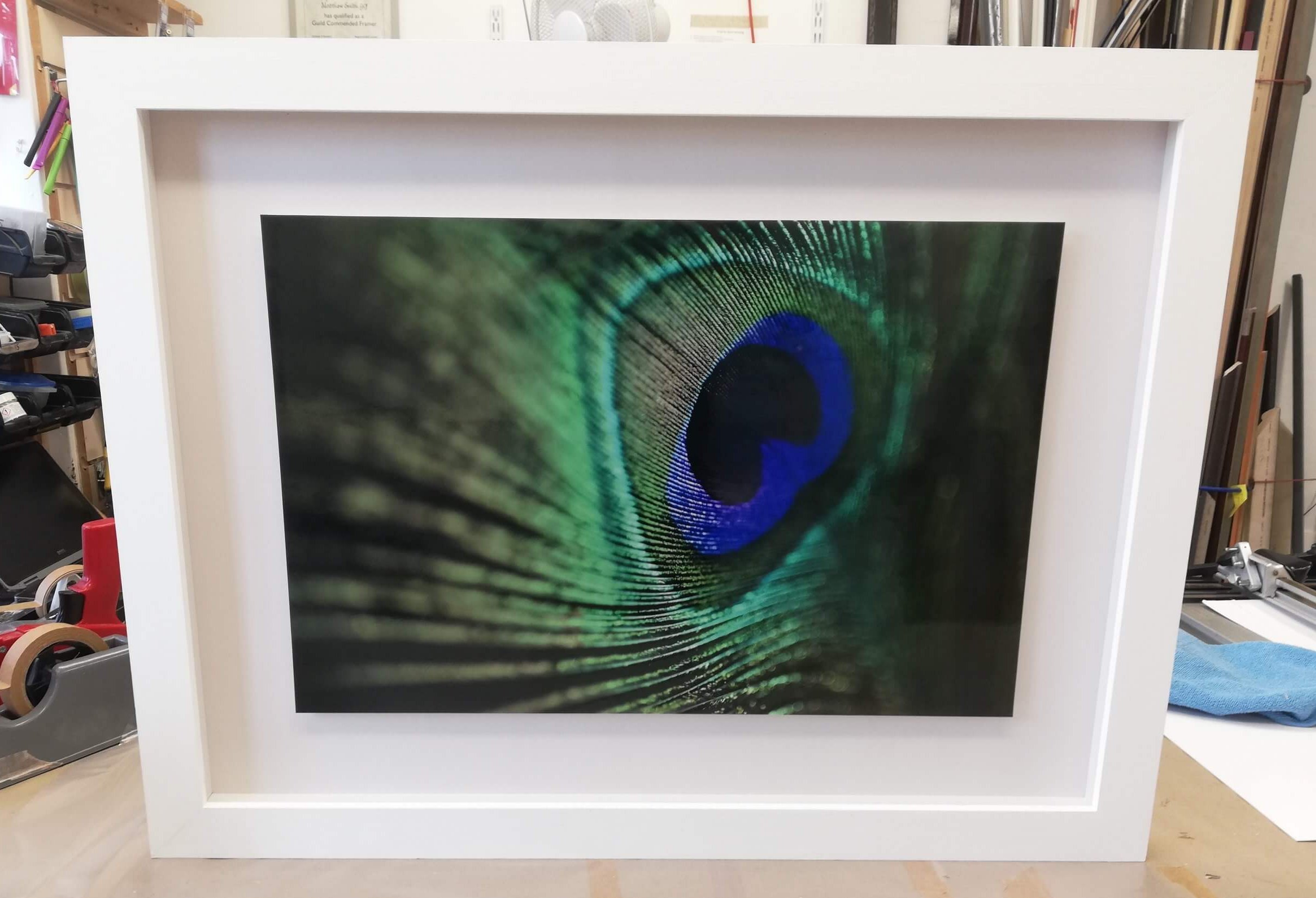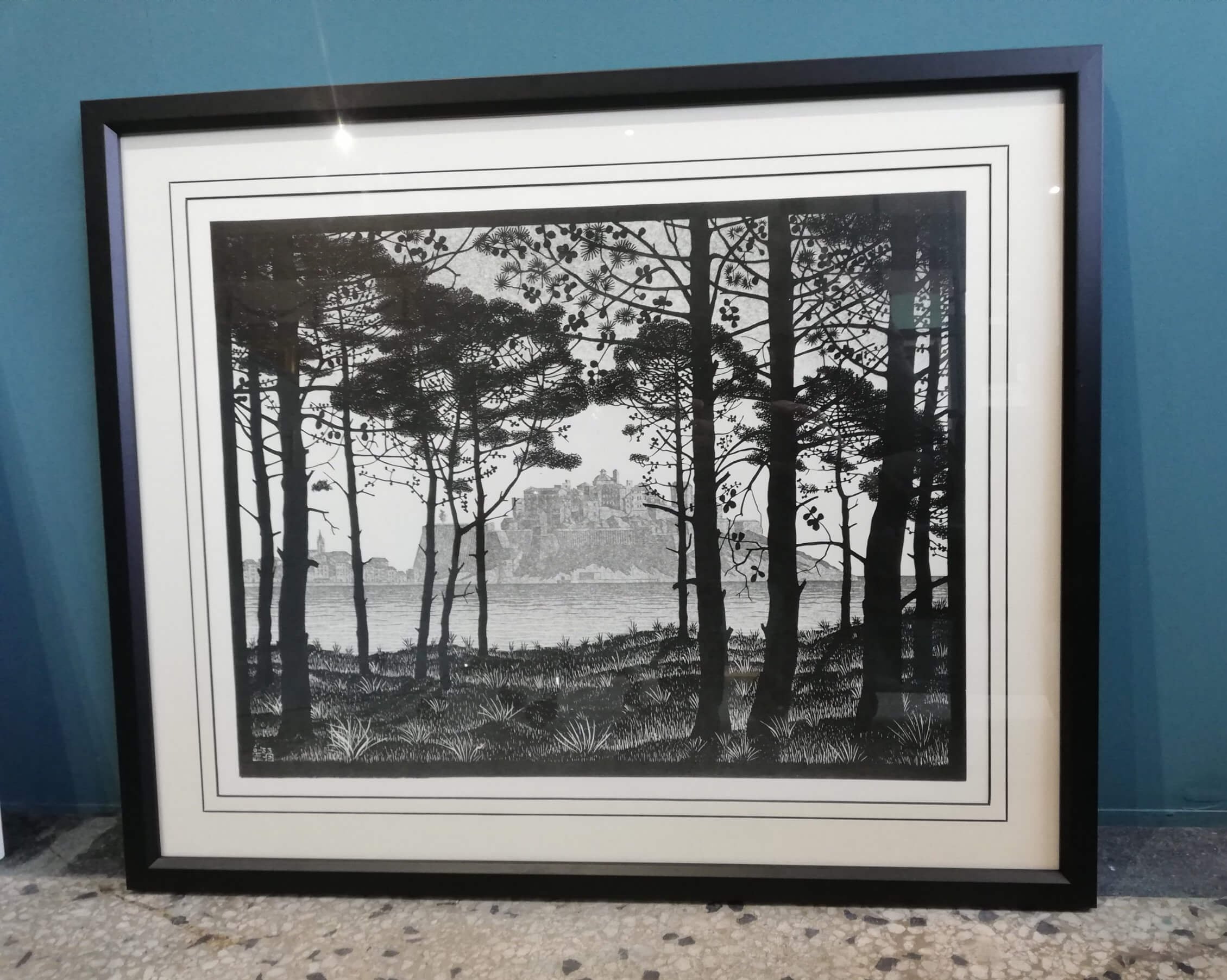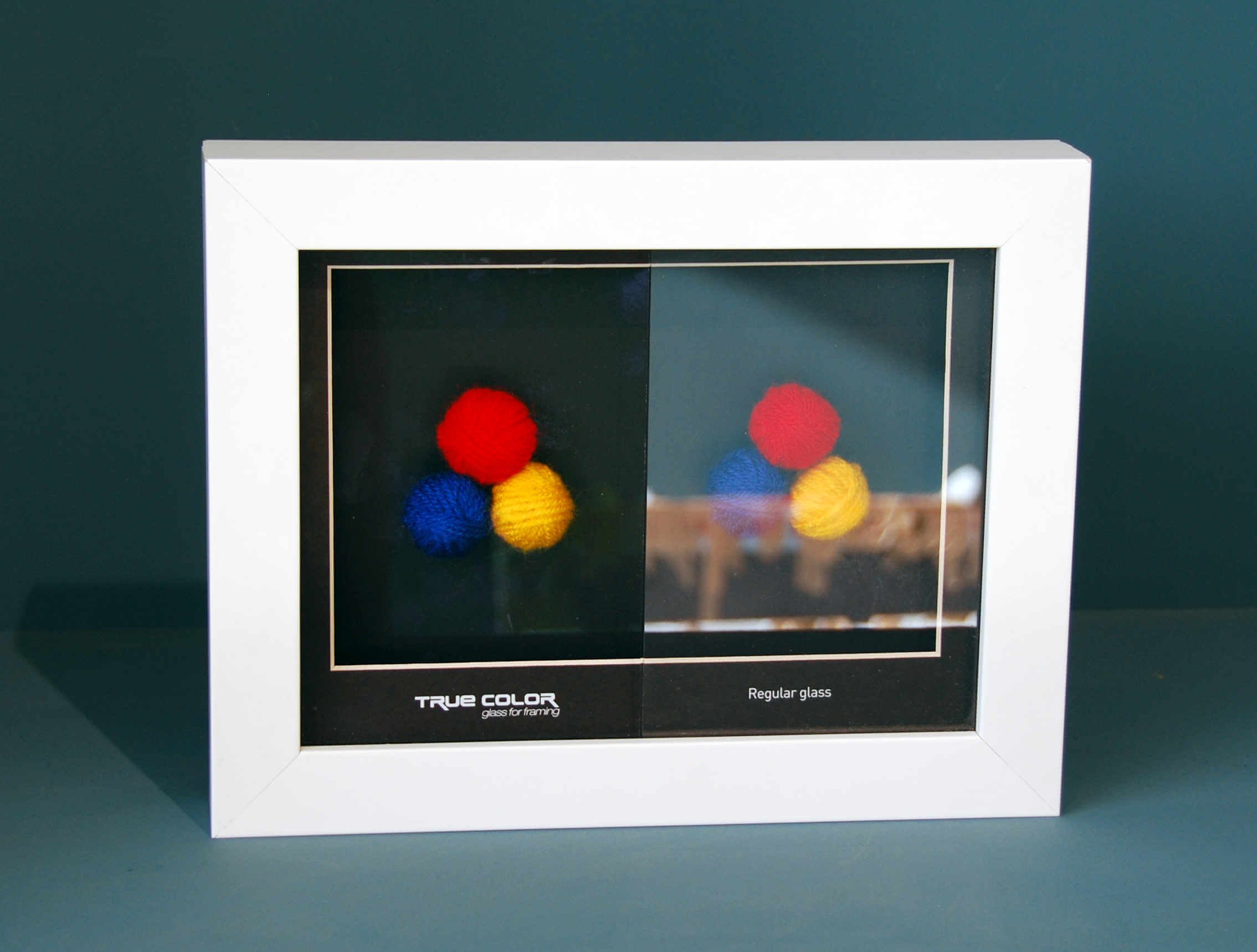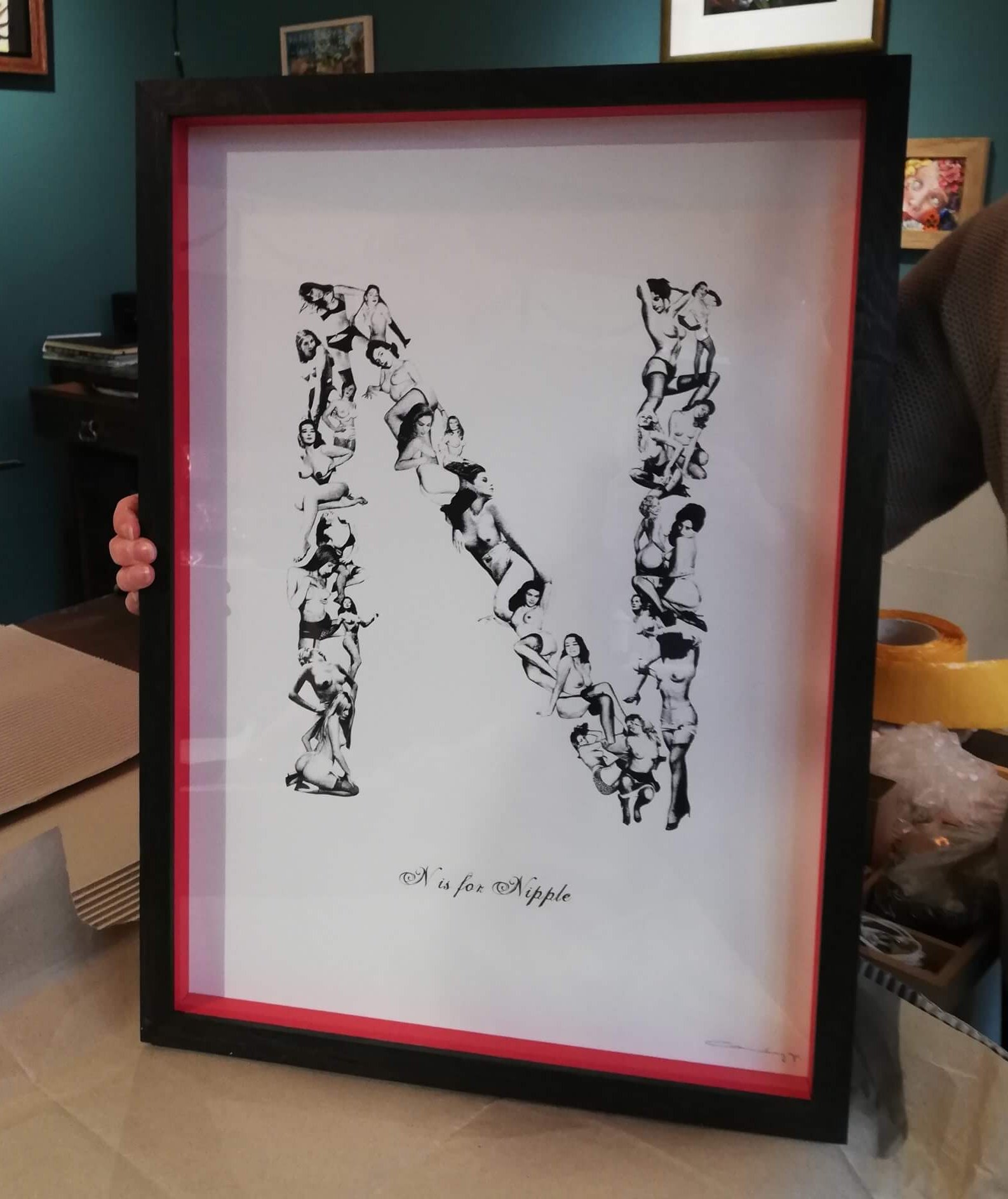
Framing works on paper is the largest element of our framing practice. This grouping includes watercolours, pastels, limited edition prints, antique prints and maps, etchings, posters, and photographs, drawings, cards, etc. All works on paper have their own challenges for conservation practices, but there are also a number of common themes.
With our team of framing consultants we can help you navigate these different elements. We can point out what is vital for an artwork’s long term protection, and what may be aesthetically more pleasing. Call us on 01189481610 or email framing@cavershampictureframer.co.uk to find out more about how to frame your work on paper.

The most important advance in modern practice for framing works on paper was to ensure that all the mountcards and materials in contact with the artwork are acid free. Older mountboards (and some modern cheaper mountboards) contained significant amounts of acid from the paper making and bleaching processes used in their manufacture. This would result in the mount turning brown, and brown staining where the acid card came into contact with the artwork. All our mountboard is acid free, giving your artwork protection when framing works on paper.

All glass offers some protection, but with traditional sheet glass, the level of protection is very weak. Fortunately alternative glass technologies are now available. They can offer greatly enhanced protection sometimes together with a greatly enhanced aesthetic appearance. Anti-reflective glass has coatings on it, similar to the technology used on glasses to reduce glare. This type of glass can also filter out up to 99% UV protection. Please see Conservation Glazing for more information.

When framing works on paper it is important to use the right mounting technique to keep the artwork out of contact with the glass. This is a main purpose of using a mount. Changes in humidity can cause the artwork to adhere to the glass if it is allowed to be in contact with it, potentially leading to significant damage. Our framing consultants can also advise on the use of other techniques to hold the glass away from your artwork. Fillets and spacers are often a good contemporary alternative to traditional mounting.